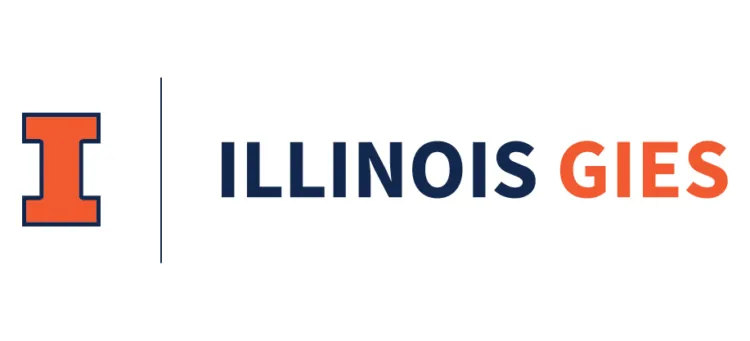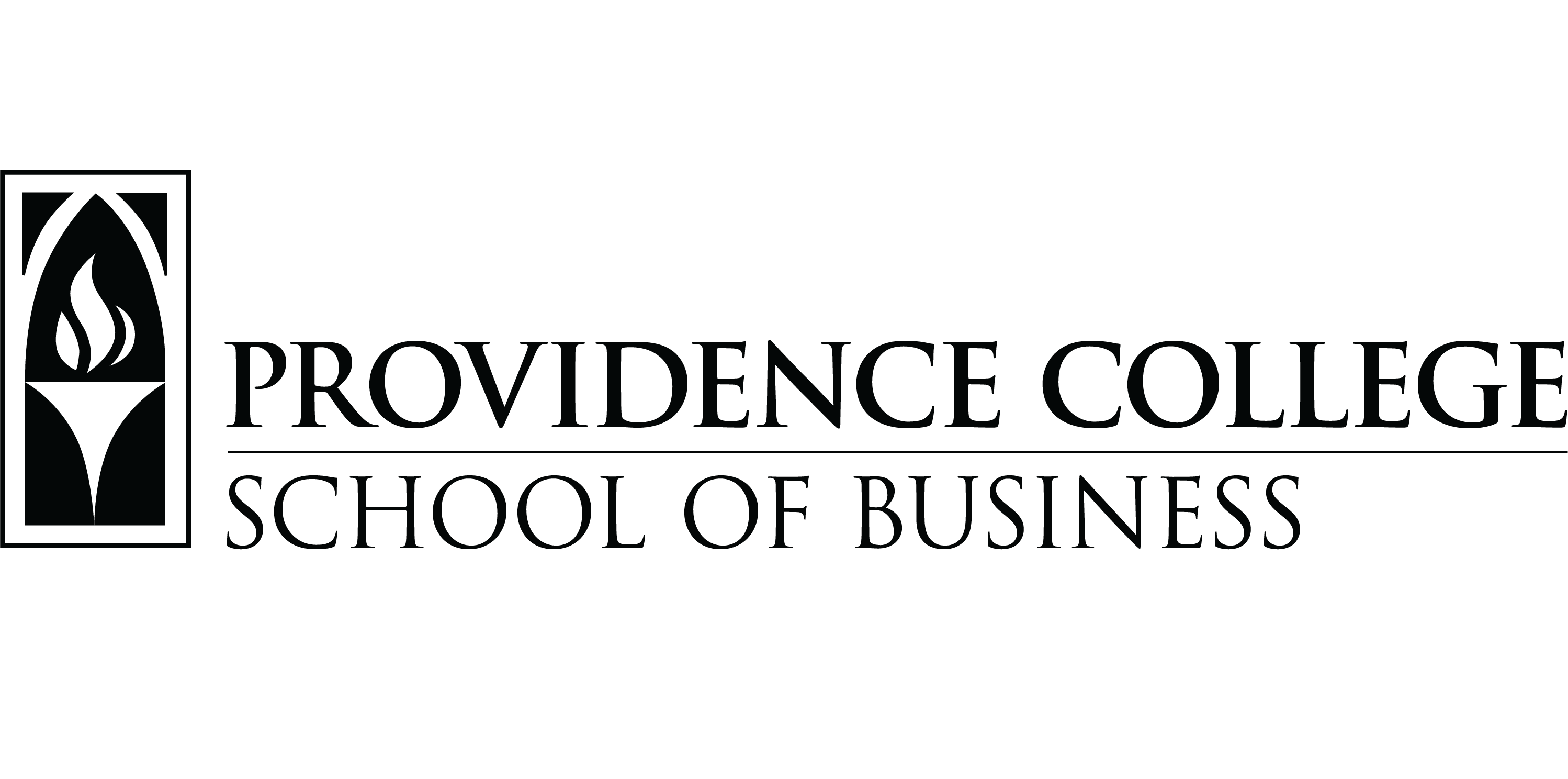
Kim Kardashian at Harvard Business School
Sometime before or after contributing to a Harvard Business School lecture, Kim Kardashian snaps a photo while on campus. She later posts it on Twitter and other social media channels, captioned with a thank you to the B-school and professor for hosting a class about her shapewear line SKIMS, reportedly valued at over $3.2 billion.
The same morning, Jan. 20, acclaimed actress Scarlett Johansson also spoke at HBS about her skincare line Outset. With their respective business partners in tow, both celebrities discussed their DTC, or direct-to-consumer, ventures for HBS short intensive programs. The courses are provided by the B-school annually, offered as no-credit, no-fee electives for MBA students wanting to delve deeper into a single subject. They usually span about a week before the spring semester begins.
The DTC model sells directly to new customers by cutting out the wholesale retailer and relying broadly on the internet and social media to establish connections with consumers. Harvard Professor Leonard Schlesinger says DTC businesses mushroomed a decade ago. People thought traditional retail was dead and the act of purchasing everything through a computer was here to stay. He says neither were fully true.
Schlesinger and his teaching team see the internet not as an entire business strategy but as a very important channel for business that fits into a broader omnichannel approach.
They led the short program “Moving Beyond DTC” for the fourth year in January, focusing on how entrepreneurs grow and scale their DTC businesses in the face of increasing competition and costs of customer acquisition.
“Entrepreneurs created loads of these DTC businesses and a number of them achieved ‘unicorn’ status very quickly (such as Allbirds, Casper, Warby Parke and Glossier). Then reality hit. What we discovered was that these businesses were relatively easy to imagine and start up but very difficult to grow and scale,” Schlesinger told the HBS blog MBA Voices in 2021.
350 MILLION FOLLOWERS

Harvard Professor Leonard Schlesinger: “Two things we were focusing on being hot was, ‘Is TikTok the new Google,’ and moving from influencers to celebrities as a strategy for lowering the cost of customer acquisition”
This year’s DTC program was all about moving away from influencers and toward celebrity to try to acquire a larger customer base at a lower cost, hence appearances from two highly regarded female celebrities.
Johansson’s visit largely went unnoticed by the internet, while Kardashian’s attracted a deluge of media coverage. One Twitter user speculated that HBS was “desperate” for speakers. Another responded to Kardashian’s tweet referencing Legally Blonde character Elle Woods — a reference in which Kim later reposted a meme about.
Schlesinger argues that Kardashian and her ability to reach over 350 million followers represent a channel for marketing that is quite unprecedented. So what can a Harvard cohort learn from an unrelatable 350 million?
“A number of our students are going to want to be investors in this space,” he says. “If (students) meet a celebrity, how do you understand what the two of you need to do to make something happen?”
Schlesinger says both Johansson and Kardashian as celebrities offer different perspectives on product portfolios in that they approach social media and what they do publicly differently.
“It is really important for our students to be able to see the juxtaposition between those two businesses and business strategies as they think about how it actually fits for them,” he says.
Johansson’s company emphasizes a simple skincare regimen offering just a few products while staying conscious about ingredients, vying for someone who aims to have quality products with enough ease but without harmful additives.
Kardashian’s SKIMS collection was described by the Financial Times as “Spanx for Gen Z.” The brand sells shapewear, loungewear and underwear, catering to a diverse range of sizes and shapes and known for collaborating with brands such as Fendi or promoting through other celebrities, such as a nostalgic crew of former Victoria Secret Angels.
Schlesinger says celebrity has very little advantage in the market without a good product. He wants students to understand how difficult the DTC space can be for lowering consumer acquisition costs and for other various emerging barriers. One being that someone like Kardashian does hold an audience of 350 million.
“I mean she’s got 350 million followers, so the issue becomes, that’s a natural asset that every other traditional DTC is chasing,” he says.
SOME PROGRAM HISTORY
Schlesinger and his research team annually tracks portfolios of several different companies. During the program, CEOs and founders visit the HBS campus and participate in discussions with faculty and students.
Guests committed for the fourth year included program repeats like Milk Bar founder Christina Tosi and Bobbi Brown of Bobbi Brown Cosmetics and Jones Road. Others were chef David Chang and Marguerite Mariscal of Momofuku, Harley Finkelstein of Shopify, Scott Tannen of Boll & Branch.
Guests during past years included Tracee Ellis Ross of Pattern Beauty, Julianne Hough of KINRGY, Jerry Lorenzo of Fear of God, Kevin O’Leary of Shark Tank.
The first years focused on expanding DTC business through partnerships, other channels or different mechanisms like pop-up retail stores. But in 2021, the COVID-19 pandemic sent everyone back to the internet to shop, creating what Schlesinger calls “10 years of online progress in three months.” The fourth year focused on the abundance of channels that have emerged. Instead of just Google and Facebook, now there’s also platforms like TikTok and Instagram.
“Two things we were focusing on being hot was, ‘Is TikTok the new Google,’ and moving from influencers to celebrities as a strategy for lowering the cost of customer acquisition,” Schlesinger says.
He believes no one does a better job at garnering an online presence than Kim Kardashian, and her and her business partner Jen Grede’s visit only cemented that. Her social media footprint even after her visit demonstrates this.
“Afterwards the photo you probably saw the next day, I had six million likes. I don’t know what to do with six million likes I don’t have a product to sell or anything like that. But in reality, we have no concept of the power of that vehicle when it’s combined with a strategic view of the customer and a great product,” Schlesinger says.
Kardashian’s visit was just like any other class period, Schlesinger says, with copious material assigned in advance. He had a “regular opening and we went to town.” After the class exhausted the basic analysis 20 minutes later, Kardashian and Grede shared their thoughts and experience with SKIMS.
“There’s no question, it was fun. A lot of people were more excited about this than other things, they were well prepared, and they were willing to engage and they understood why and how this got put into the course,” Schlesinger says.
DON’T MISS HARVARD, STANFORD & WHARTON ALL SAY ‘YES’ TO THIS INSPIRING APPLICANT











Questions about this article? Email us or leave a comment below.